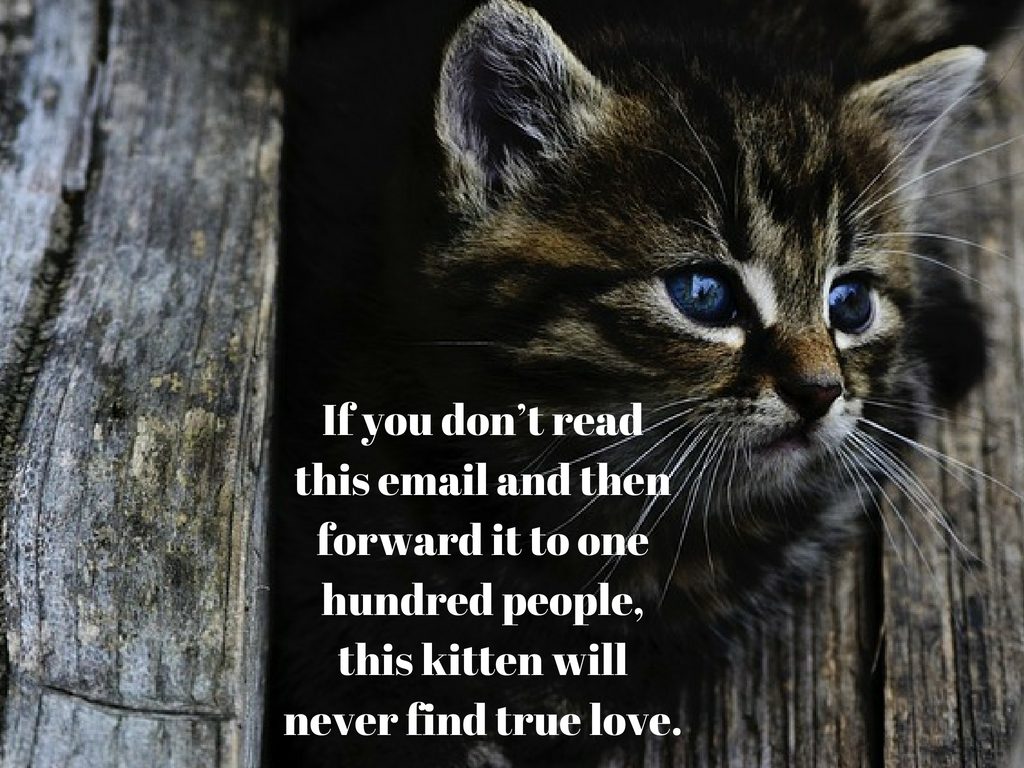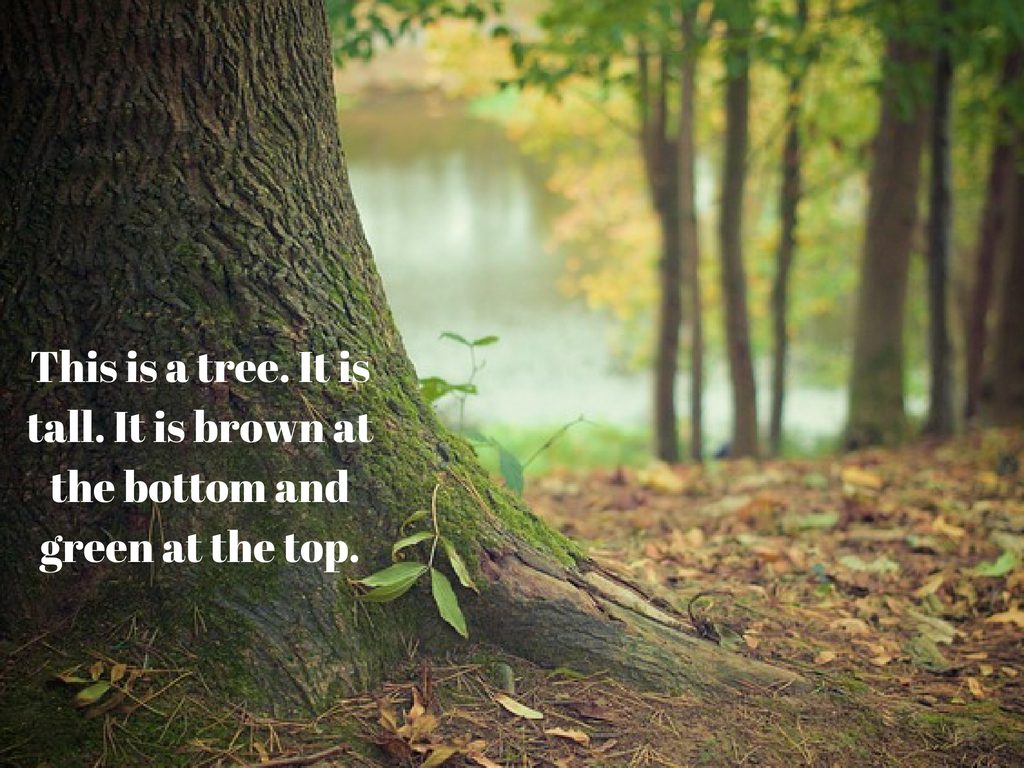What is it about compare and contrast essays that makes them so difficult to get started?
Maybe it’s having to juggle two different subjects in one essay. Usually you set your sights on one topic and tackle it directly.
However, with a compare and contrast essay, you have to tackle two subjects. Plus, while addressing one of them, you have to constantly keep the other in mind.
It’s a juggling act of describing one thing in relation to another thing without losing sight of the main purpose for writing about those things in the first place.
This isn’t an easy thing to do. So if you’re having trouble, don’t worry. You’re not alone.
So let’s see if we can figure out how to start a compare and contrast essay on the right foot.
What Is a Compare and Contrast Essay?
First, let’s make sure we all understand what exactly this type of essay is before we begin dissecting how to start a compare and contrast essay with a good introduction.
There are already a couple of posts on the Kibin blog about this subject, so I won’t go into it too deeply here.
In the most general sense, the idea is to take an in-depth look at the differences and similarities between two subjects. But it doesn’t stop there, for obvious reasons.
I could easily write an essay about the similarities and differences between bushes and trees, but why would anyone care?
This question is the most important part of any compare and contrast essay: why should anyone care? There has to be a reason for looking closely at your two subjects. And as outlined in a previous post, that reason can take one of the following forms:
- State something unknown
- Clear up a misunderstanding
- Show that one thing is superior to another
- Lead to a new way of doing/seeing/understanding something
- Argue a point with supported facts
The reason that you have for writing your particular essay will affect how exactly you approach your introduction. That means it’s important to identify that reason early in the research phase of your essay.
Stumped on picking the right topic? Try one of these 70 compare and contrast essay topics.
Need to compare and contrast two poems? We’ve got you covered there too. Double-covered even.
So It Begins: How to Start a Compare and Contrast Essay
I know you’re excited, but you can’t just jump straight into discussing the similarities and differences between your two subjects. You wouldn’t have a conversation with a stranger without first introducing yourself, would you?
So before we dive into exactly how to start a compare and contrast essay, let’s examine what goes into setting things up.
First, you must introduce the subjects in an introduction paragraph. There are three main objectives of your introduction paragraph:
- Pique your readers’ interest
- Give them some background information on the subjects
- Present the main point of the essay
The first will be accomplished with a strong hook at the very beginning of your essay. This will be followed by the necessary background information needed to support your thesis.
And oh yeah, the third will be accomplished in your thesis, the most important sentence in your whole essay.
Hook your reader
The idea behind a hook is to make your readers want to continue reading. You want something that makes them interested in what you will write next. But it has to be relevant to the subject at hand. This isn’t a chain email.
This could come in the form of a question, a quotation, a statistic, or a funny anecdote. For 14 different ways to write a hook sentence, check out this post.
The way in which you decide to hook your readers in a C&C essay will depend on that reason you identified earlier for writing the essay in the first place.
Hook approaches for a compare and contrast essay
If you are…
- …writing your essay with the purpose of stating something unknown about your subjects or their relationship, then your hook sentence could take the form of a question, pushing your readers to realize how little they know about the subject and therefore leave them wanting to know more.
- …clearing up a misunderstanding, then you may hook your readers by questioning what they know about the subject or by presenting a statistic they might find surprising.
- …writing your essay to show that one thing is superior to the other, then you may pique your readers’ interest by quoting a famous or respectable figure who shares your view on the subject.
- …trying to inspire a new way of doing/seeing/understanding something, then a great way to get your readers’ attention may be to tell a humorous anecdote that helps them to see it in a new way.
- …writing your C&C essay because you want to argue a point with supported facts, then you may want to use the first sentence of your introduction to present an interesting and convincing piece of evidence from your research that will immediately push your reader toward your view.
No matter which direction you choose to take with the beginning of your introduction, the goal is the same: motivate your readers to read what comes next.
Introduce the subjects of your essay
And what, exactly, comes next? Well, it’s time to let your readers know what exactly your essay will be talking about.
After hooking your readers’ attention with a statistic, question, or interesting anecdote, it’s time to identify the two subjects that you will be comparing and contrasting. It can be tricky to balance the two subjects, but it can be done.
Think about what relevant background information will be beneficial to your readers as they start thinking about your reason for writing the paper.
Is there any history about the subjects that is relevant? Any new information that your reader may not have heard yet? Now would be a good time to mention it (you can expound on it later if need be).
Use this time to present any questions or misconceptions related to the topic, and begin to explain the importance of the topic.
Although you should try to give both subjects an equal amount of time in the introduction and throughout your paper (as they should be equally important to proving your argument), sometimes one subject is just less known to the majority of people.
If this is the case, it’s better to speak about that one a bit more in the introduction than to present a bunch of obvious information to your reader just for the sake of balance.
However, don’t let it get too out of balance. If you really need to explain a lot about one subject, you may need to save it for the body paragraphs.
Don’t overthink this part. Just provide any history or general statistics that show that the subject you’re speaking to is worth reading about. Get your readers ready for your thesis!
And remember, the entire introduction serves as a hook for your paper, so keep your readers interested!
Nail the thesis
After writing an interesting hook sentence and providing your reader with a general overview of your subjects, along with any need-to-know history and statistics, you’re ready to lay the big one on them: your thesis.
This is the most important sentence in your whole paper. It is the reason for writing the essay. It is your argument. It is your guiding light. It is the backbone.
We’ve written a lot about the thesis here at Kibin, so I’m going to leave that horse alone.
However, don’t forget to place it at the end of the extremely interesting introduction paragraph you’ve just written for your compare and contrast essay.
And that’s how to start a compare and contrast essay on the right foot! Need some help with the rest of your essay? Check out compare and contrast essay examples from other students to see how they’ve tackled both the introduction and everything else.
These posts can also help:
- Here’s How to Write a Surprisingly Good Comparative Essay
- 2 Compare and Contrast Essay Examples Worth Emulating
- 2 Comparison Essay Examples That Make Cool Comparisons
If you’re still unsure after writing your introduction (or your full essay), I suggest you send it to an editor at Kibin, who will read it and give you some great advice for the next draft.
Good luck, and happy writing!




